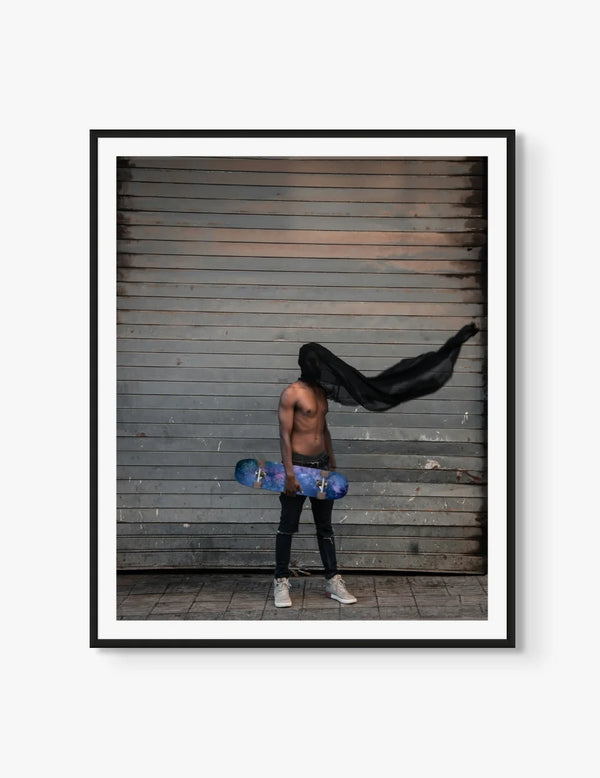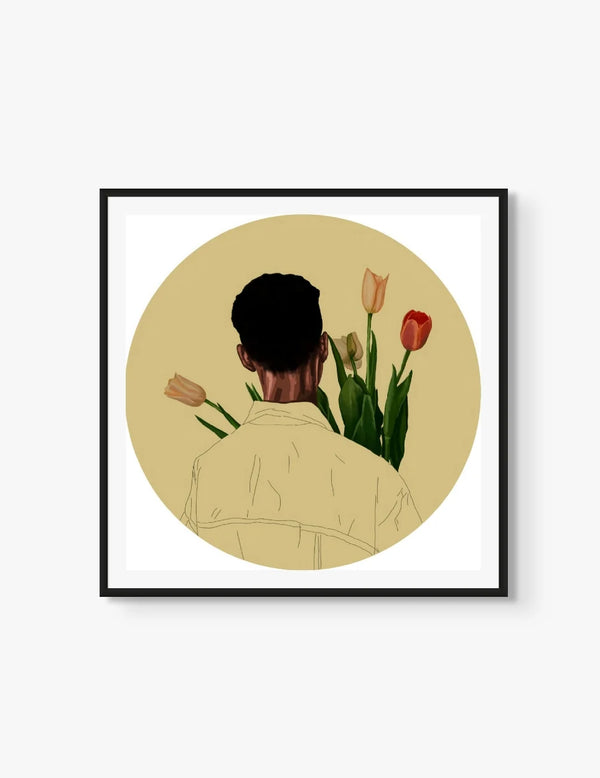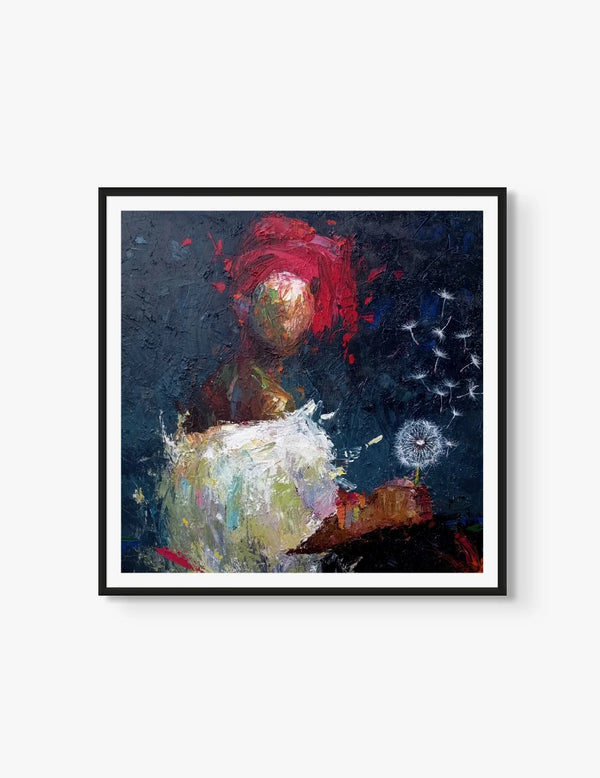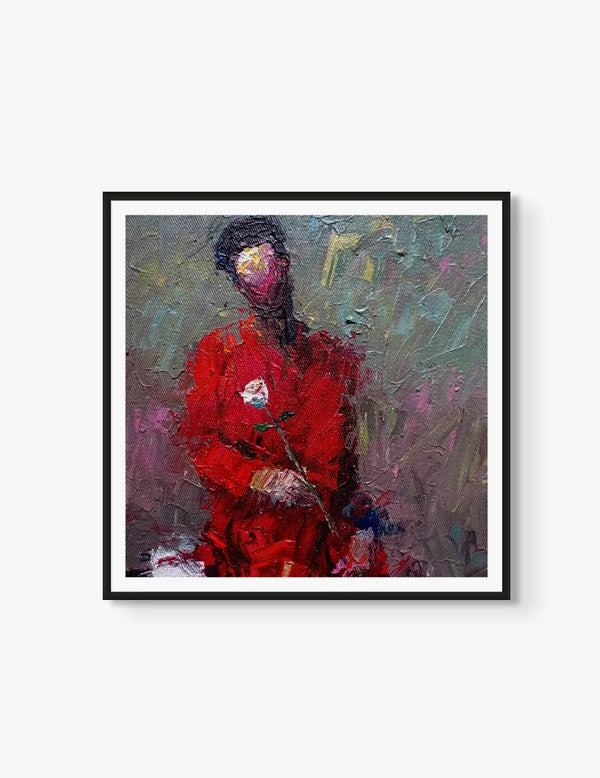A Guide to Starting Your Art Collection

You’re an avid art lover, and you’re finally ready to start art collection plans of your own. You’ve browsed countless catalogues and scrolled through online galleries, yet the first step still feels unclear. Starting an art collection can seem daunting, especially if you’re buying art for the first time, but it’s also one of the most rewarding ways to bring creativity into your daily life. With the right guidance, your first purchase will mark the beginning of a personal journey into collecting art that reflects your style and story. In this guide, we’ll walk you through the main steps to begin your collection with confidence. From understanding key terminologies to learning how to care for your artworks, each section is designed to help you make informed and inspired choices.
Understanding Key Art Terms

If you’re new to collecting, some of the terminology around artworks and materials can feel confusing. Here’s a quick guide to common terms you’ll encounter when buying art for beginners or exploring how to start art collection research:
Limited editions: A fixed number of prints produced from one artwork. Each is numbered, making it more exclusive than open editions.
Museum-quality print: A print made with archival inks and acid-free paper, designed to last without fading when properly cared for.
FSC®-certified wood: Wood sourced from responsibly managed forests, often used for framing. It ensures sustainability and high quality.
Mixed media: An artwork created using more than one material or technique, such as combining paint, collage, or digital elements.
Digital art: Works created with digital tools or software, which may be displayed on screens or printed as limited editions.
Photography: Original photographic works, often sold as prints. Unlike digital art, which is created on a screen, photography captures real-world images through a camera lens.
Acrylic: A fast-drying paint made from pigments suspended in acrylic resin, valued for its vibrant colours and versatility.
Oil on canvas: A traditional medium where pigments are mixed with oil and applied to canvas. Known for its texture and depth, it ages beautifully when cared for.
Provenance: The documented history of an artwork, which confirms authenticity and ownership.
Certificate of Authenticity: An official document confirming that an artwork is genuine, typically signed by the artist or a gallery representative.
How to Start Art Collection: 8 Expert Tips

1. Educate Yourself
Before you start, it helps to strengthen your knowledge of what’s out there. The more you expose yourself to art, the more confident you’ll feel when making a purchase.
-
Explore different styles and movements: From contemporary African art to photography, sculpture, and mixed media, take time to research the genres that resonate with you. Learning about movements and mediums will help you recognise what truly appeals to your taste.
-
Visit galleries and museums: Immersing yourself in art in person gives you a sense of scale, colour, and texture that online browsing alone can’t match. You might even discover new artists whose work speaks to you.
-
Read art publications: Regularly following reputable publications and online platforms can keep you updated on trends, introduce you to emerging artists, and expand your understanding of the broader market.
Educating yourself is the foundation of collecting. The more you learn, the better equipped you’ll be to make choices that align with both your budget and your personal vision.
2. Think About Your Space
Before making a purchase, take time to consider where the artwork will live. Scale, lighting, and placement all play a role in how a piece feels once it’s in your home. A painting that looks modest in a gallery may dominate a small room, while a delicate print can be lost on a large, empty wall.
Natural light can enhance colour but may also cause fading, so think about how the sun moves through the space. Artificial lighting, meanwhile, can highlight details and create atmosphere. Placement matters too. Artwork should complement your surroundings rather than overwhelm them.
Explore our expert tips on colour, size, and placement in our article, 5 Tips for Finding the Best Framed Wall Art for Your Living Room.
3. Set a Realistic Budget
It’s important to consider all the costs that come with owning art, not just the purchase price. Expenses, such as framing, delivery, and installation, are often overlooked and can add up rather quickly. Setting a budget gives you structure, but staying flexible matters too. Sometimes a piece will resonate so strongly that it’s worth spending a little more than planned; however, having a clear figure in mind will give you direction. This step is especially helpful when you start art collection planning for the first time.
4. Start Small, Start Smart
Starting a collection doesn’t mean committing to high-priced works right away. Beginning with smaller or more accessible pieces allows you to gain confidence and discover what resonates with you over time. A tip for buying art for beginners: prints, limited editions, and smaller-scale works can be a good way to start. These choices often offer a balance between affordability and quality while still bringing personality into your space. As you start art collection steps, consider exploring emerging artists whose work reflects fresh perspectives. Choosing thoughtfully at the beginning sets the tone for the collection you’ll grow over time, whether that leads you to fine art prints, contemporary African paintings, or larger statement works later on.
5. Buy What You Love (Not the Hype)
Trends come and go, but the pieces that stay meaningful are those you genuinely connect with. When you buy something you love, it enriches your home and reflects your personality in a way no passing fashion can. An important part of buying art for beginners is learning not to get caught up in market talk or investment potential. While it’s true that prices may rise over time, emotional connection should always come first. Choose artwork you’ll enjoy seeing every day, whether that’s a bold canvas, a delicate drawing, or fine art prints that suit your space. If you want to start art collection purchases with confidence, focus less on what others say you “should” buy and more on what resonates with you. Whether it’s African art for sale or a discovery in a local gallery, the best collections are built on passion, not pressure.
6. Learn About the Artist
Behind every artwork is a story, and understanding that story can deepen your connection to a piece. Researching the artist’s background, influences, and career can give you valuable insight into their work and help you decide if it’s the right addition to your collection.
Explore an artist’s biography, past exhibitions, and any recognition they may have received. If the opportunity arises, visit their studio or speak with them at a gallery event; these experiences can give you a more personal connection to their work. It can make the process more meaningful and help you appreciate the vision and journey behind a project. As stated before, buying art for beginners can often feel intimidating, but learning about the artist is a good way to build confidence as you start the art collection process.
7. Keep Every Document Safe
Every artwork you buy should come with paperwork, and keeping it safe is just as important as the piece itself. Receipts, certificates of authenticity, and provenance records confirm that a work is genuine and can protect its value in the future. Organise these documents in a dedicated folder or digital archive so they don’t get misplaced. Even if you never plan to sell, maintaining proper records will help you insure your collection and preserve its history. Buying art for beginners is much less daunting when you understand the role documentation plays. It adds an extra layer of security and helps you start art collection steps with confidence.
8. Care for Your Collection
Once you’ve chosen your first pieces, it’s essential to look after them properly. Good care ensures that your collection maintains both its beauty and its value over time. Display artworks away from direct sunlight and areas with high humidity, as these can cause fading or damage. Dust gently with a soft cloth, and if you need to move a piece, handle it carefully by the frame rather than the surface. For larger works, consider professional installation to keep them secure. Caring for your pieces from the very beginning sets strong habits. For more tips on how to care for your artwork, read our article, How to Care for Your Artwork.
Ready to Start Building Your Art Collection With Confidence?
Buying art for beginners shouldn’t be intimidating. Take it step by step: explore galleries and exhibitions, set a budget that covers everything from framing to delivery, and most importantly, choose pieces that genuinely move you. Whether your aim is to support emerging talent, elevate your living space, or invest with intention, the key is to start art collection choices with confidence. We hope this guide has given you the insight to approach your first purchase with clarity. To start browsing unique artwork for your collection, explore our limited edition pieces from some of the best contemporary African artists available today.
Your Next Read:
Matching Wall Art to Your Interior Design Style























